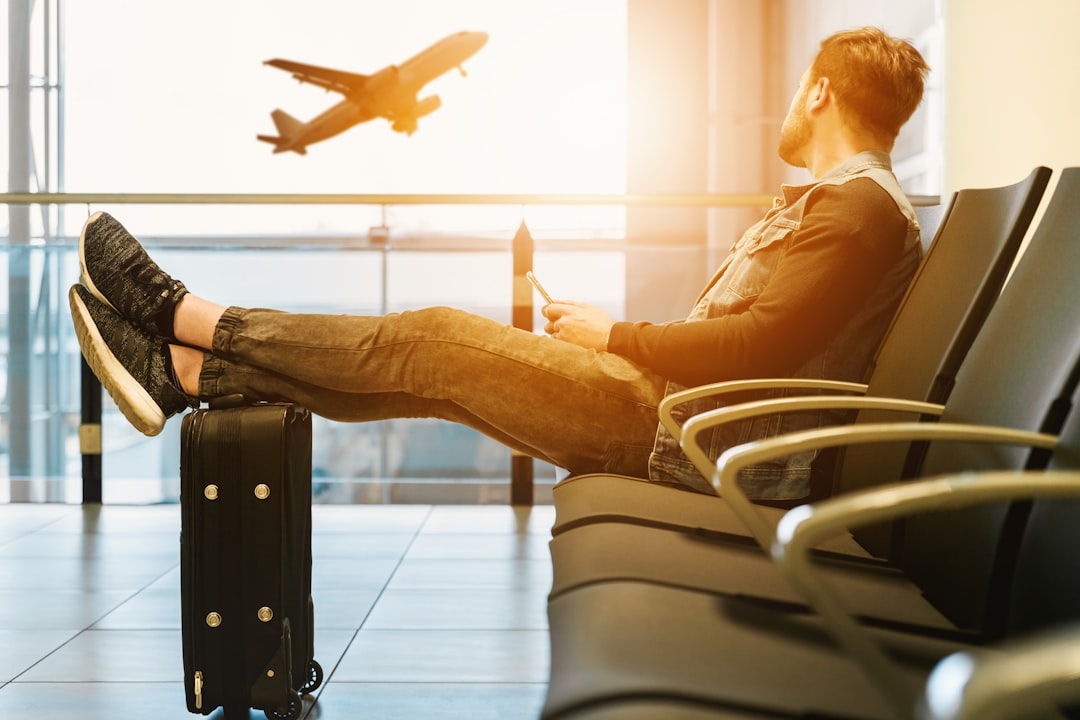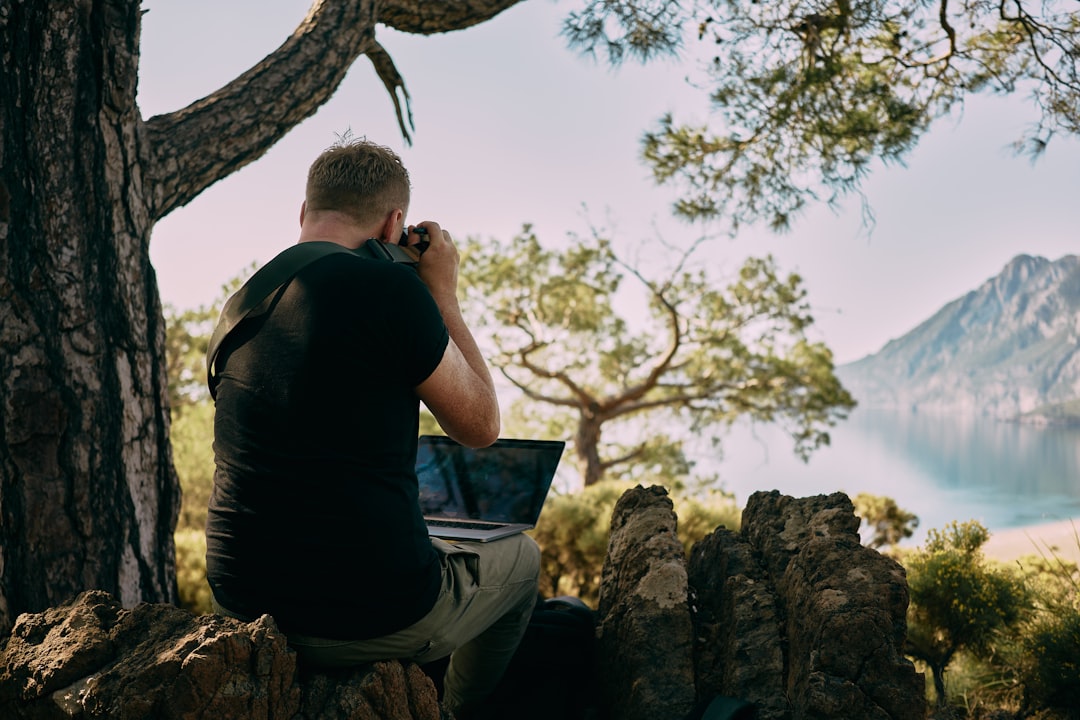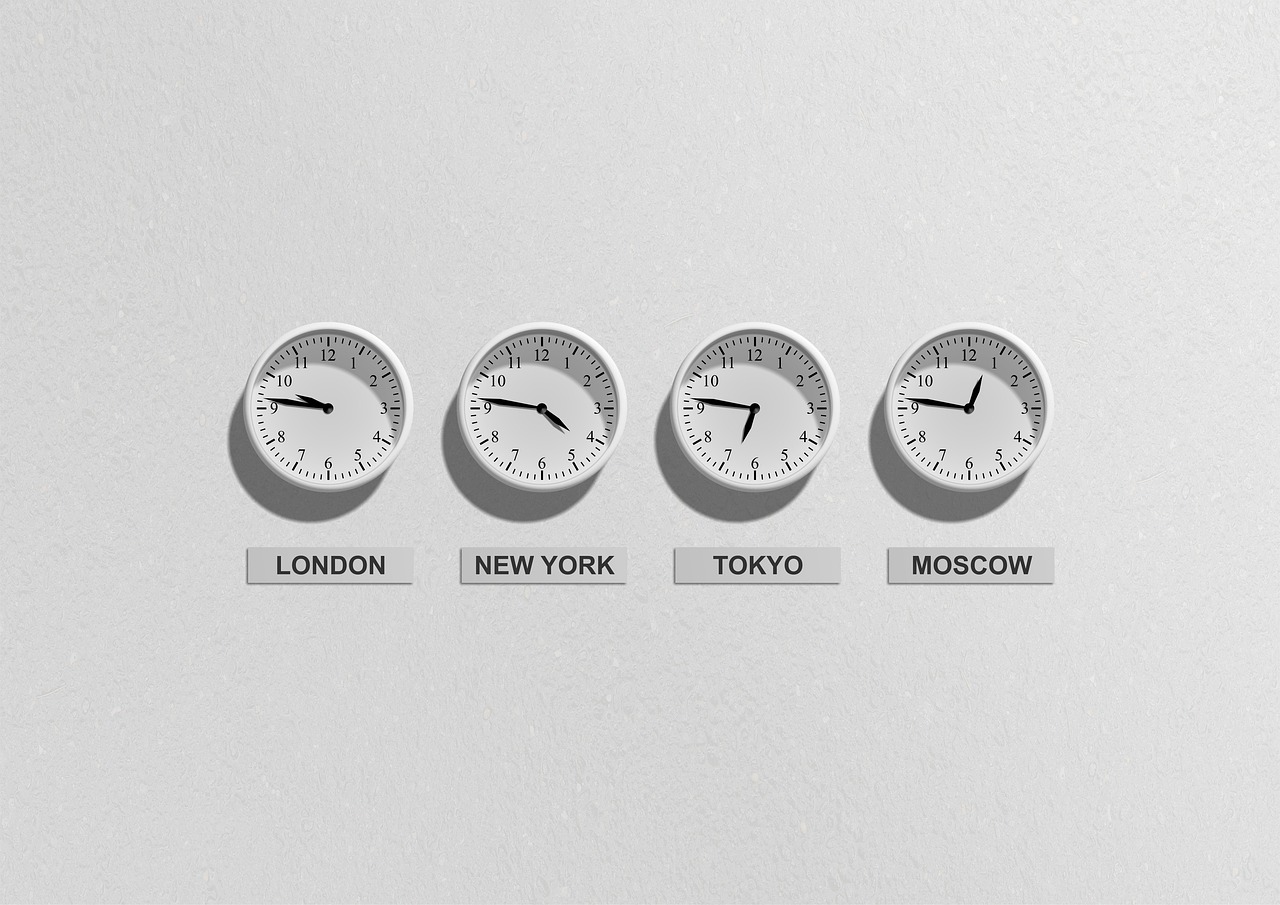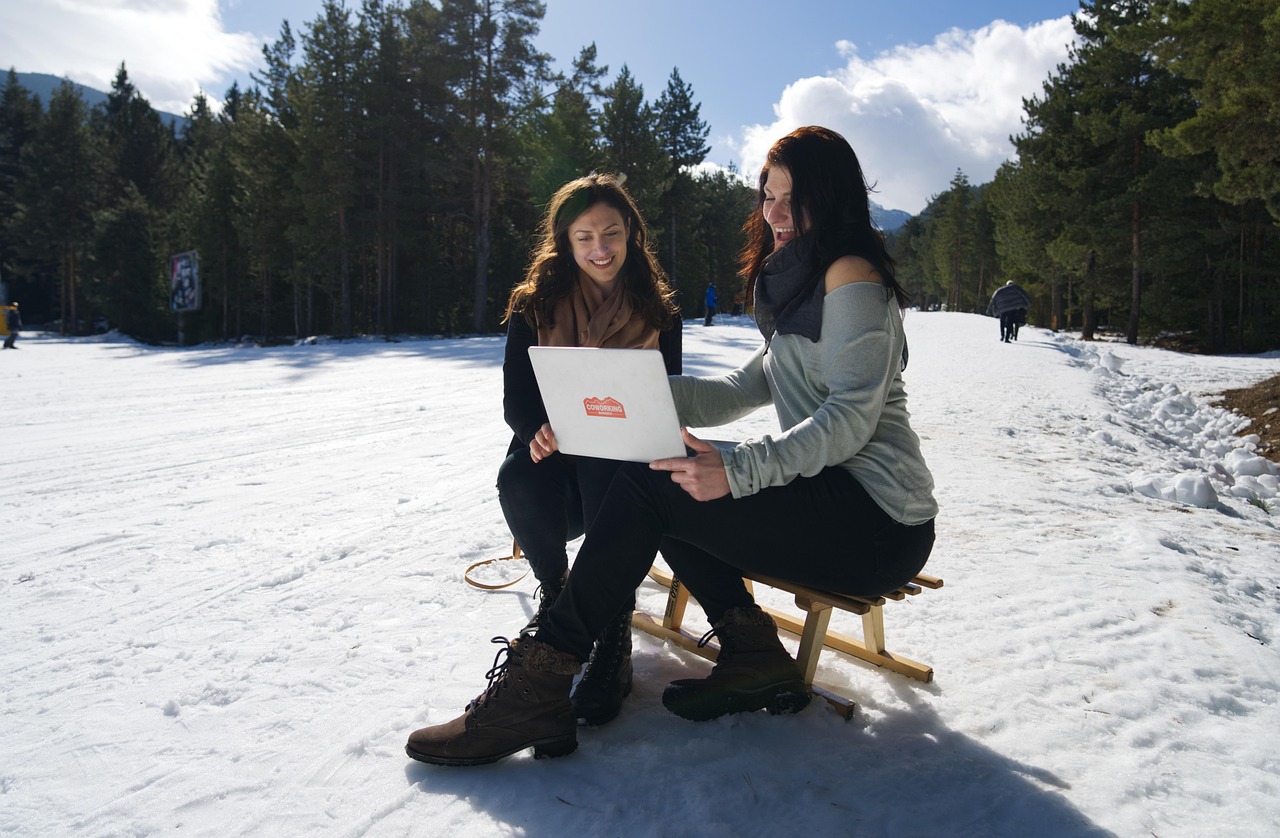Balancing Work and Travel: Practical Strategies
The Rise of Bleisure Travel

The global bleisure travel market is expected to grow 500% by 2033, transforming how professionals approach business trips. This blend of business and leisure travel isn’t just trendy anymore – it’s becoming essential for maintaining work-life balance. 41% of Americans are planning to take a workcation (a mix of vacation and working remote) this year alone. The numbers paint a clear picture: people want more from their travel experiences than just meetings and hotel rooms.
According to the American Hotel & Lodging Association, 89% of business travelers want to extend their next business trip to include some leisure time. What’s driving this shift? For many, bleisure trips are the only way that 19% of American employees can afford to take a vacation. It’s not just about saving money – it’s about maximizing opportunities when you’re already somewhere new.
Remote Work Productivity Myths Debunked

The biggest concern about mixing work and travel? Productivity drops. Research suggests otherwise. The largest study yet of working-from-home professionals found that employees who work from home two days a week are just as productive and likely to get promoted as those in the office full time.
Recent research in BLS Beyond the Numbers (October 2024), “The rise in remote work and its impact on productivity” by Sabrina Wulff Pabilonia and Jill Janocha Redmond, economists in the Office of Productivity and Technology, finds a positive relationship between total factor productivity and remote work. The data shows that 79% of managers feel their team is more productive when working remotely. Even more compelling, employees who feel they can count on others to cooperate are 8.2 times more likely to give extra effort.
Digital Nomad Movement Goes Mainstream

Digital nomadism isn’t just for twenty-something tech workers anymore. According to the “2023 State of Independence” research study by MBO Partners, approximately 17.3 million workers, or about 11% of the American workforce, currently identify as American digital nomads. The movement has exploded, with in 2025, the global digital nomad community has surpassed 40 million, with 18.1 million hailing from the United States, a 147% rise since 2019.
Who are these modern nomads? The average digital nomad in 2025 is 36 years old, with most falling between 30 and 39 years old. They’re not just freelancers either – contrary to the common perception of digital nomads primarily being freelancers, a significant portion hold full-time positions, underscoring the acceptance of remote work in traditional employment structures. Education levels are high too, with 90% have pursued higher studies.
Strategic Planning for Work-Travel Integration

Successfully balancing work and travel requires intentional planning. Start with your destination choice – cost of living and the quality of the internet are the crucial factors considered by over half of the digital nomads while selecting their location. Safety comes second, followed by access to the outdoors and nature.
Timing matters enormously. A 2022 report from Marriott found that business trip length of stays were up 20% from 2019, suggesting a continued rise in bleisure travel, but longer doesn’t always mean better. Consider your workload, client expectations, and time zones. Many successful work-travelers block out specific hours for deep work and leave afternoons for exploration or meetings with local partners.
Technology Setup for Mobile Productivity

Your tech stack can make or break a work-travel experience. New and improved technology allowed digital nomads to do uninterrupted work anywhere in the world. Faster internet speeds and better and more streamlined communication and collaboration software made it more convenient for digital nomads to effortlessly embrace the new lifestyle without falling behind on work.
Investment in reliable equipment pays dividends. Most successful work-travelers carry backup internet solutions, noise-canceling headphones, and portable workstations. 41% of people said the biggest change in their workflow since going remote was how they collaborate and communicate with team members. Having the right tools makes these new communication patterns seamless, whether you’re in a Bali café or a London co-working space.
Managing Time Zones and Communication

Time zone management often determines success or failure in work-travel balance. The key isn’t trying to match your home office hours perfectly – it’s creating reliable windows of overlap. 70% of remote employees said their companies prioritize asynchronous communication – or, work that doesn’t happen in real time.
Establish clear boundaries about availability. Some travelers work early mornings to catch North American business hours, then have afternoons free for exploration. Others prefer evening work sessions after a day of sightseeing. The crucial element is consistency – your colleagues need to know when they can count on you being available.
Financial Planning and Budgeting

Money management becomes more complex when you’re constantly moving, but it’s entirely manageable with planning. 79% are budgeting for travel this year, and the average 2025 travel budget for Americans? $10,244, which is nearly double the average budget in 2024 ($5,300). However, these numbers reflect all types of travel, not just work-integrated trips.
Smart work-travelers leverage company travel budgets creatively. In 2023, 68% of travel and finance managers said companies offer to pay some or all of an employee’s personal expenses when they add leisure components onto business travel, making bleisure travel financially attractive. Track expenses meticulously, separate business from personal costs, and consider travel rewards programs that maximize your company’s travel spending.
Workspace Solutions on the Road

Finding productive workspaces while traveling has become easier as the infrastructure adapts. Finally, one of the industries that boomed with the digital nomad expansion is the coworking space market. According to the Coworking Space Global Market Report 2025 by The Business Research Company, the global coworking space market size will reach $27.64 billion in 2025 – up from $23.25 billion in 2024, $19.05 billion in 2023, and $16.17 billion in 2022.
But coworking spaces aren’t your only option. Digital nomads prefer to work at their home or accommodation over anywhere else (23% of nomads surveyed) Digital nomads stated they were generally willing to pay a substantial additional charge for a guesthouse, BnB, hostel, or hotel properly equipped for work Many accommodations now cater specifically to working travelers with dedicated desk spaces, ergonomic chairs, and reliable wifi. Libraries, hotel lobbies, and even some airports have evolved into temporary office spaces.
Health and Wellness While Traveling

Maintaining physical and mental health becomes crucial when your routine constantly changes. Research shows interesting health benefits from flexible work arrangements. Increasing workplace flexibility – including opportunities to work remotely – could have a positive impact on cardiovascular health, especially for older workers. So says a year-long study of over 1,500 workers. Some study participants experienced benefits equivalent to 5-10 years of age-related changes from Harvard University.
Home workers eat better, feel less stressed, and aren’t as likely to take sick leave. However, constant travel can disrupt these benefits. Successful work-travelers maintain exercise routines, pack healthy snacks, and prioritize sleep schedules. Many find that having work structure actually helps them maintain better travel habits than pure vacation mode.
Legal and Tax Considerations

The regulatory landscape for work-travelers is evolving rapidly. However, this growth also prompts a stronger focus on regulating and legislating the digital nomad lifestyle. Governments worldwide are introducing laws and regulations to address tax implications, digital nomad visa requirements and other legal aspects to ensure the seamless integration of digital nomads into various countries.
Tax implications vary dramatically by duration and location. Short bleisure trips rarely create tax complications, but longer stays might. Governments are increasing tax and social security enforcement on remote workers. Consult with tax professionals if you plan extended international work travel, and keep meticulous records of where you work and for how long. Some countries now offer specific digital nomad visas with clear tax frameworks.
Company Policies and Career Impact

The career implications of work-travel balance are mixed. Remote work might have a detrimental effect on career growth as well. 28% of remote workers said working remotely has been harmful to their career growth, while 36% said it was helpful. However, resignations fell by 33% among workers who shifted from working full-time in the office to a hybrid schedule.
Success often depends on company culture and your approach. 40% of employees surveyed in 2024 say corporate travel is great for their personal and professional growth. The key is positioning your travel as adding value – whether through client meetings, market research, or professional development opportunities. Document your productivity and results rather than just your locations.
Building Sustainable Travel Routines

The most successful work-travelers develop sustainable routines rather than treating each trip as a one-off adventure. 30% of digital nomads have been traveling 10+ years As nomads traveled longer, there was a trend of spending longer in a single location until they “aged out” of the digital nomad lifestyle. This suggests that finding sustainable patterns is crucial for long-term success.
Expect growth in nomads who maintain a home base but travel seasonally, especially among families. This “slowmad” approach reduces constant movement stress while maintaining travel benefits. Many successful work-travelers establish routines around seasons, spending winters in warm climates and summers in cooler regions, or alternating between high-focus work periods at home and intensive travel phases.
Future Trends in Work-Travel Integration

The future of work-travel balance looks increasingly sophisticated. Another top travel trend in 2025 is taking longer trips and vacations. More than half (57%) of Americans will be taking a longer trip in 2025 than they did in 2024. Companies are adapting too – 62% of CEOs expected their travel budgets to increase in 2024, compared to 2023. 61% of US companies expect to increase their business travel budgets in 2024.
Technology continues advancing to support mobile workers. Roles that leverage generative AI (e.g., prompt engineering, content QA, automation scripting) are on the rise, many of which are particularly suited to location-independent work. The infrastructure supporting work-travelers – from visa policies to accommodation options – continues expanding globally, making this lifestyle more accessible than ever before.
The intersection of work and travel has evolved from an occasional perk to a strategic advantage for both employees and companies. Success requires thoughtful planning, the right technology setup, and clear communication with employers and clients. While challenges exist around productivity concerns, tax implications, and career advancement, the data shows that most people who embrace work-travel balance find it beneficial for both their professional growth and personal satisfaction.





